Peace Talks Seem Distant Fantasy, Say Ukraine’s Front-Line Soldiers
While Moscow mulls a temporary ceasefire, its forces continue pressing forward, and the grim reality on the battlefield remains unchanged. Diplomacy moves at its own pace, but war is measured in lives lost.
At a military hospital in eastern Ukraine, wounded soldiers arrive in waves, the steady flow of casualties highlighting the stark contrast between diplomatic negotiations and the relentless brutality of war. While politicians discuss the possibility of a ceasefire, human bodies are torn apart by artillery, shrapnel, and drone strikes.
Outside, another group of two dozen injured Ukrainian troops is loaded onto a bus bound for a hospital in Dnipro. Some walk aboard, others lie on stretchers, their wounds monitored as they navigate pothole-ridden roads. Most have been hit by shrapnel—the signature injury of the modern battlefield, where drones have become the most feared and prolific weapon.
Among the wounded, skepticism runs high about the prospects of a truce. Lying on a stretcher with shrapnel wounds across his body, 30-year-old Maksym dismisses the idea of a ceasefire. “Putin is a murderer, and murderers don’t agree so easily,” he says. Nearby, Vova, another soldier, adds, “I don’t believe it. We face Russian storm attacks every day near Pokrovsk. I doubt there will be a truce.”
Another soldier, also named Maksym, bears scars from a previous injury. His faith in diplomacy is nonexistent. “I’ve lost too many friends,” he says. “I’d love to believe in peace, but you can’t trust Russia. Never.”
The injured are transported by the Hospitallers, a volunteer medical battalion that evacuates wounded soldiers daily. Sofiia, a 22-year-old medical student, has been with the unit for 18 months and shares the same skepticism. “I wish it were true, but I can’t believe it,” she says. The night she heard about the U.S.-Ukraine push for a ceasefire, Russian drones hovered over their base, dodging Ukrainian air defenses. To her, talk of peace feels like it belongs in a parallel universe.
Still, she acknowledges one positive: “At least Ukraine and America are talking again.” But past experience looms large in her mind. “Previous ceasefire calls didn’t work. Why would this one?”
Daniel, a Swedish medic volunteering with the Hospitallers, understands the dynamics of a small nation fighting a larger aggressor—his grandfather fought for Finland against Russia in World War II. When he first arrived in Ukraine, he asked wounded soldiers what they planned to do after the war. Now, he doesn’t bother. “No one wants to answer. They don’t dare to hope.”
While he won’t rule out a ceasefire, he is deeply wary. “Putin won’t do anything that doesn’t benefit him,” he says.
Ukraine’s history with Russia offers little reassurance. Ceasefires brokered by France and Germany in 2014 and 2015 failed, and eight years later, Russia launched a full-scale invasion. Today, as peace is debated, the soldiers of Ukraine’s 68th Jaeger Brigade continue preparing for war. They rehearse evacuating a wounded comrade under fire—a drill many have already performed in real combat.
In the distance, artillery rumbles. Just 10 miles away, the frontline awaits their return.
Recent news has been bleak. Ukrainian forces are being overwhelmed in Kursk, a region once hailed as a tactical success when Ukraine launched a surprise offensive last year. Now, the territory is at risk of becoming a costly liability, threatening both lives and valuable military assets.
One sliver of hope comes from the United States, which has resumed its military support. That’s crucial for the 67th Brigade, which relies on U.S.-made equipment. Soldiers train with a MaxxPro armored vehicle, one of many American-supplied assets.
Ivan, the vehicle’s driver, wears a small U.S. flag patch on his uniform. While relieved that the Trump administration reversed its decision to block aid, he remains cautious. “I hope they keep helping,” he says. But when asked whether he trusts President Trump, he hesitates. “I have doubts.”
As for trusting President Putin, his response is immediate: “No. Never.”
Here on the front lines, even a temporary ceasefire seems impossibly far away.

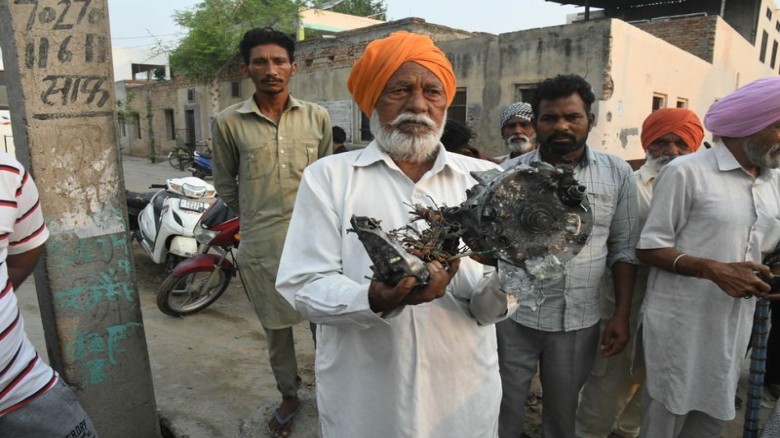
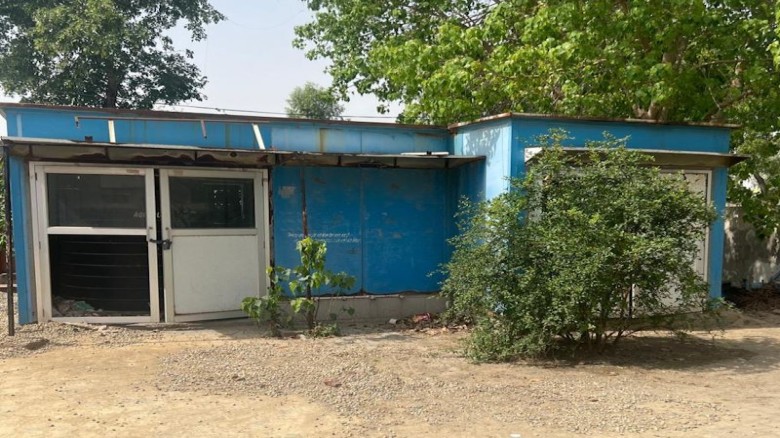
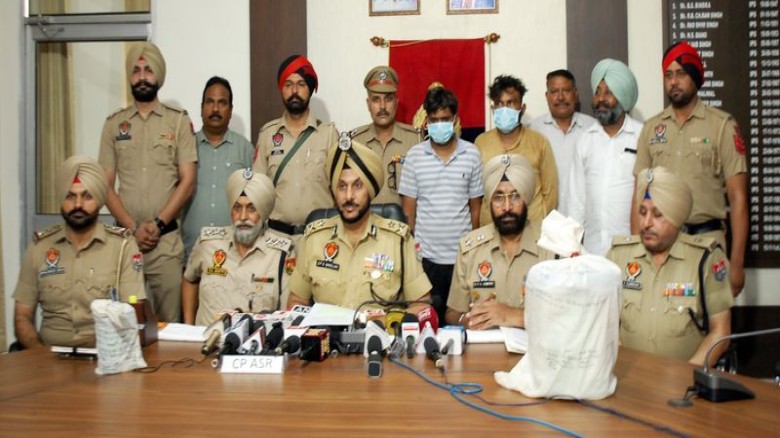
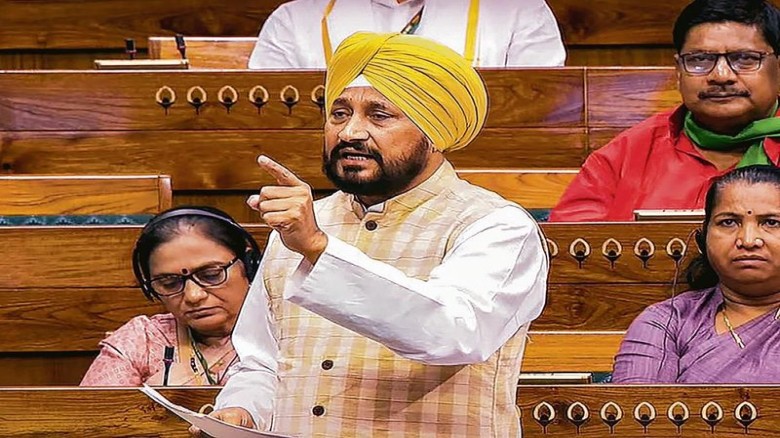
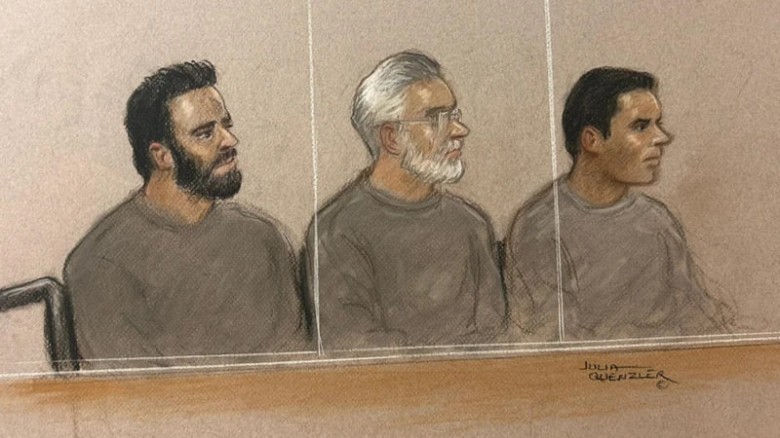
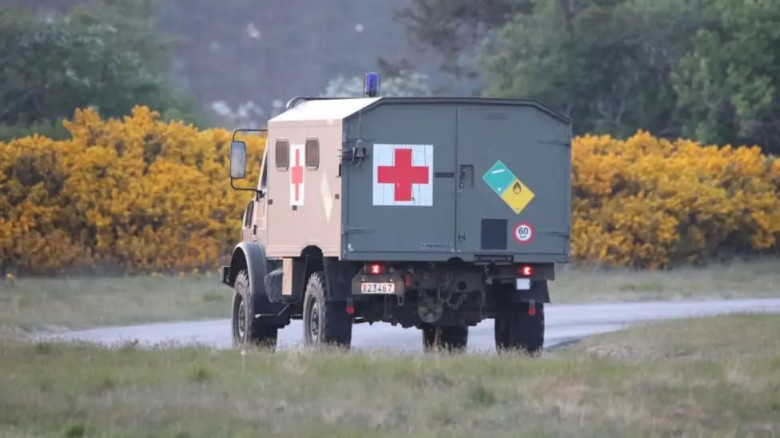
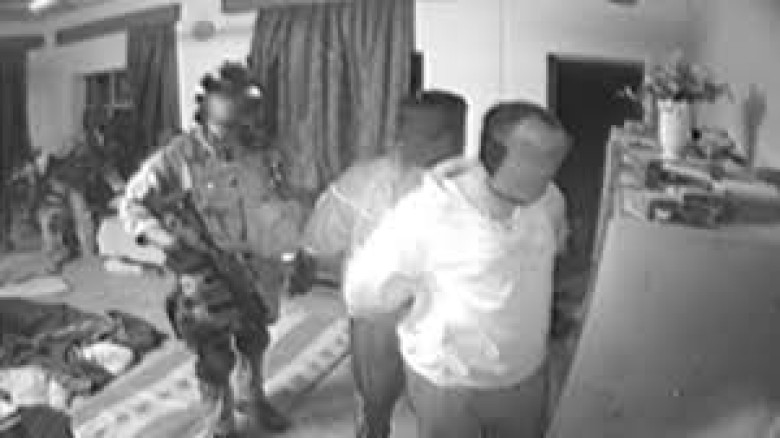

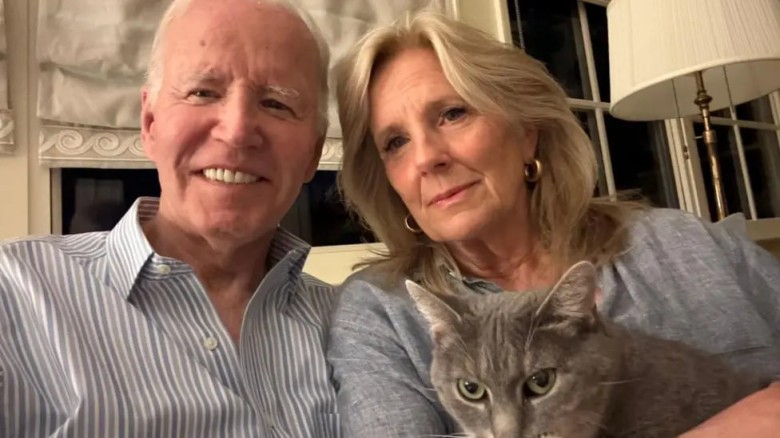
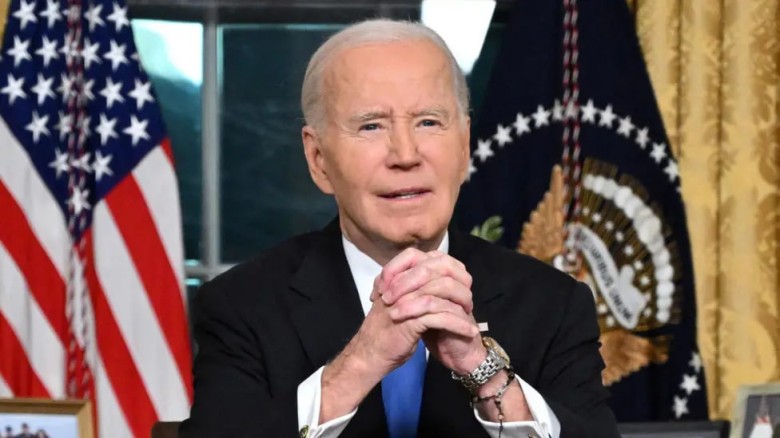
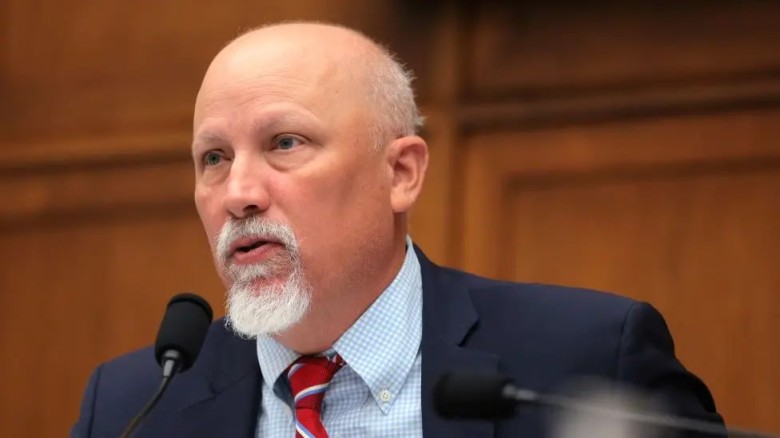
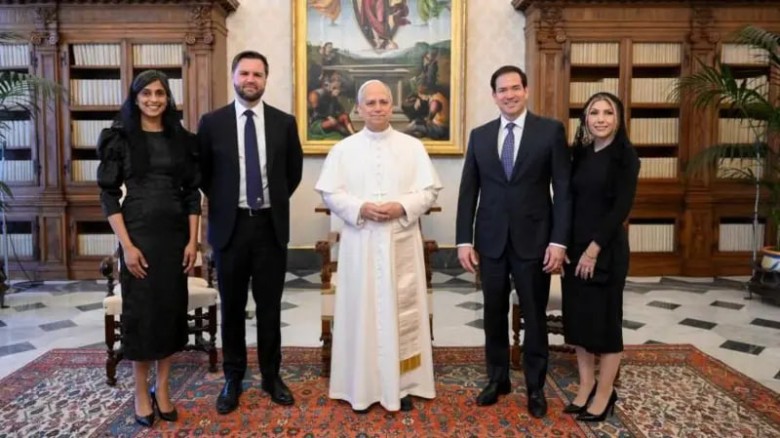

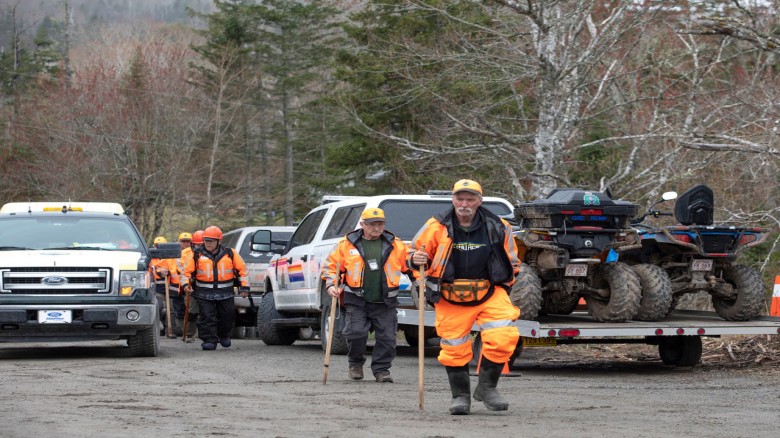


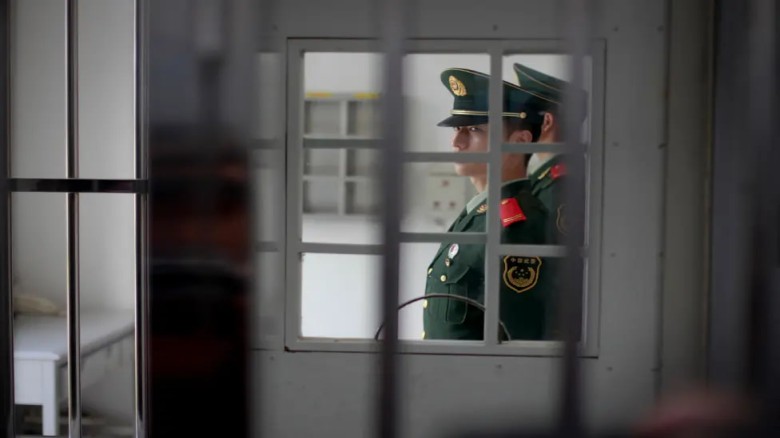


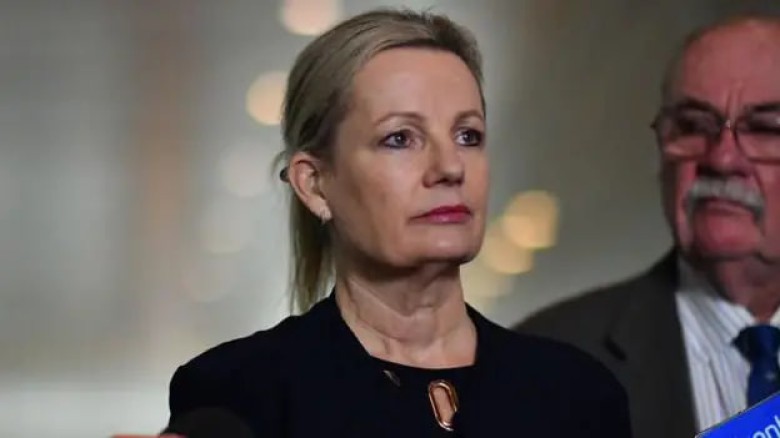
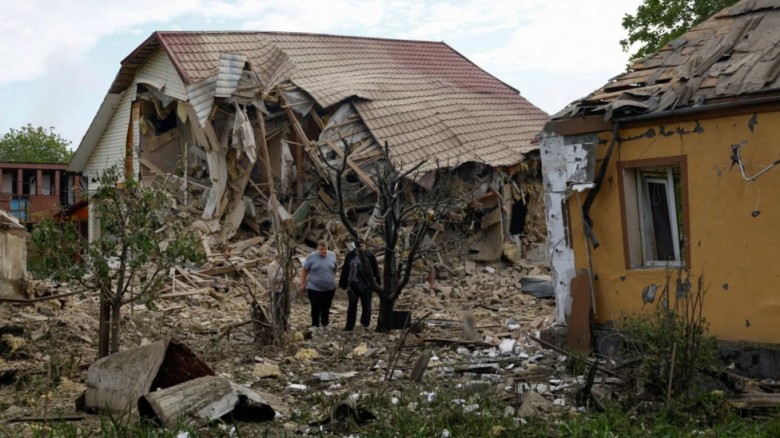
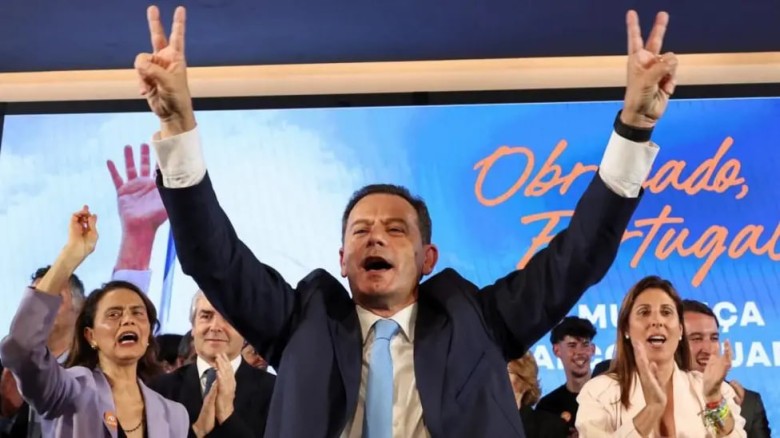
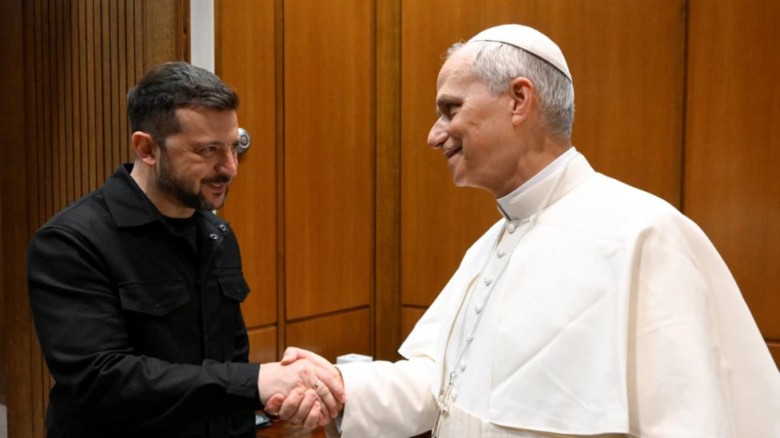
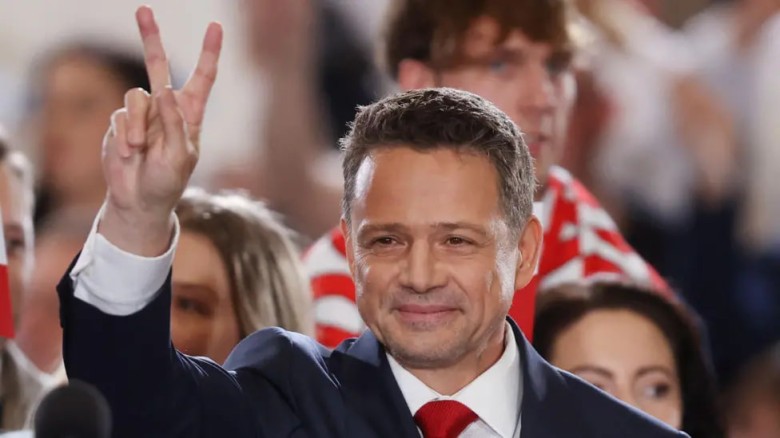
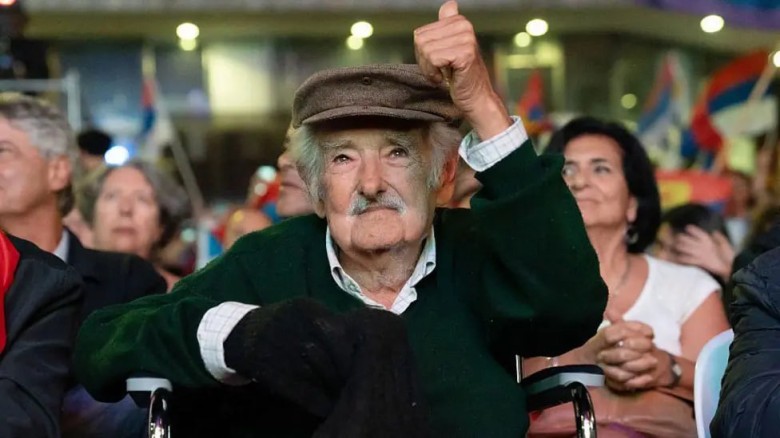
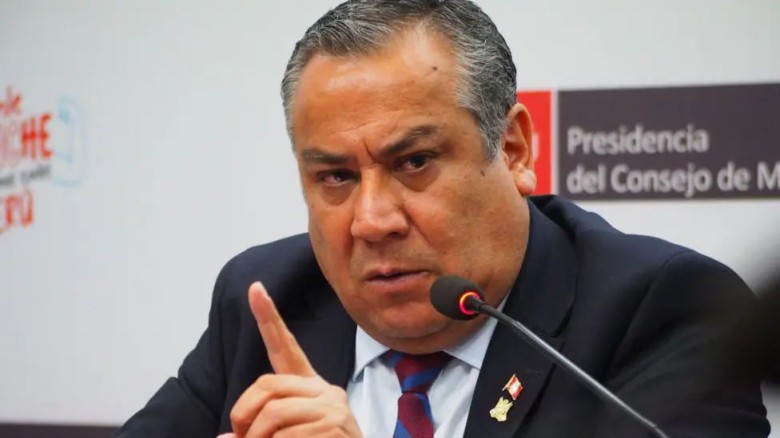

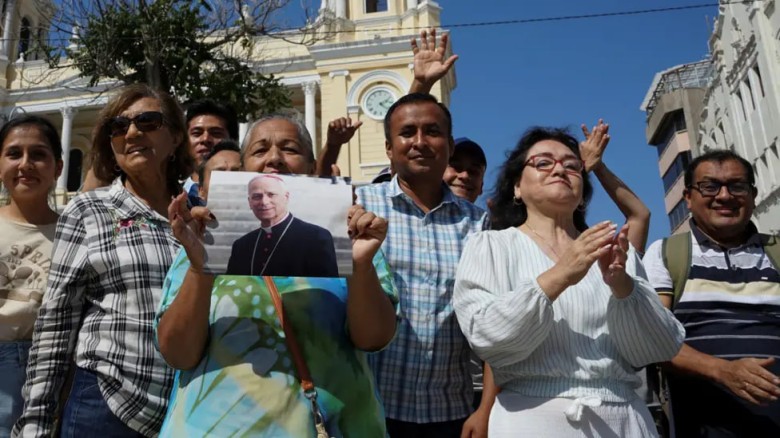
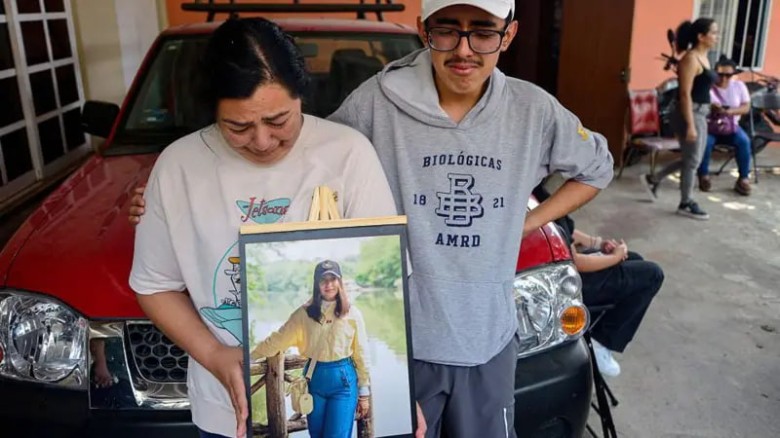


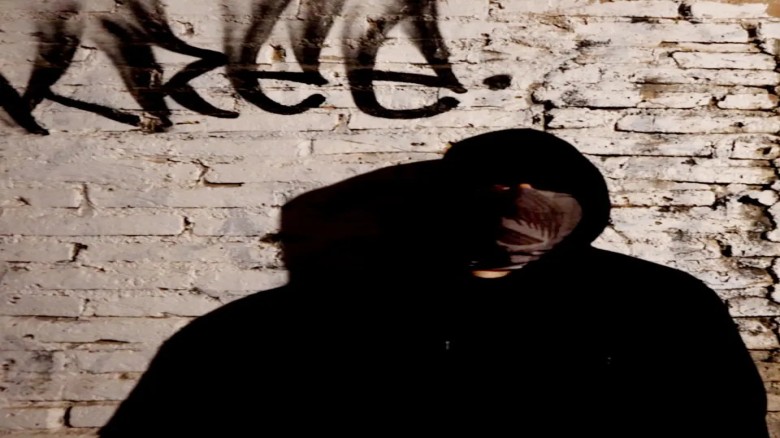


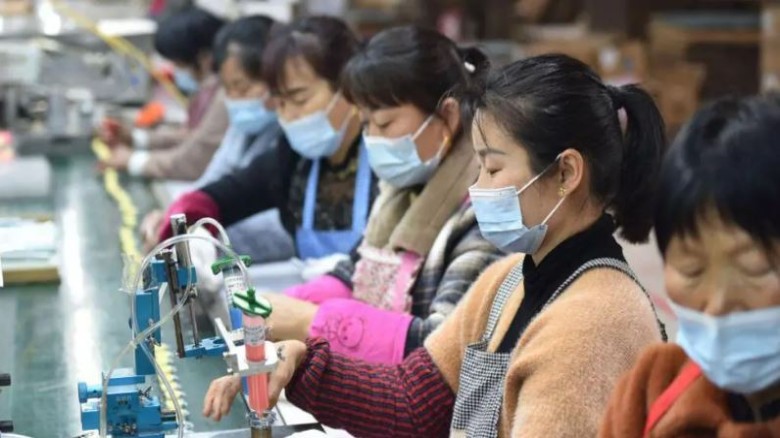

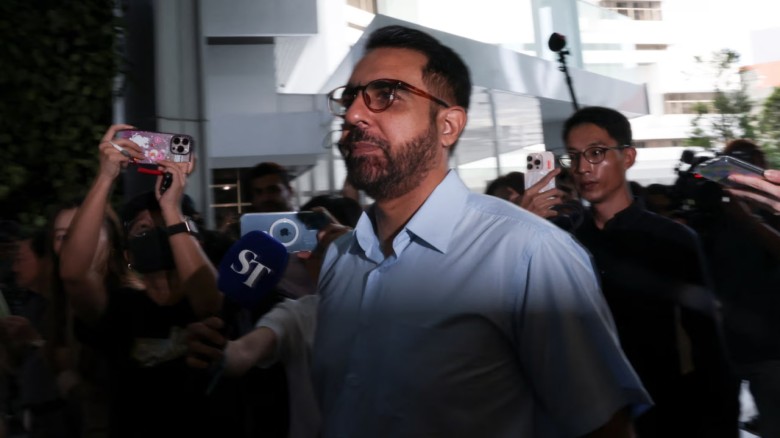


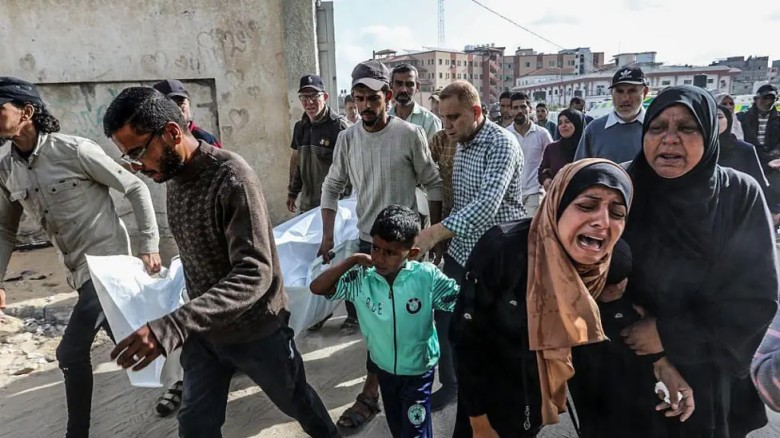

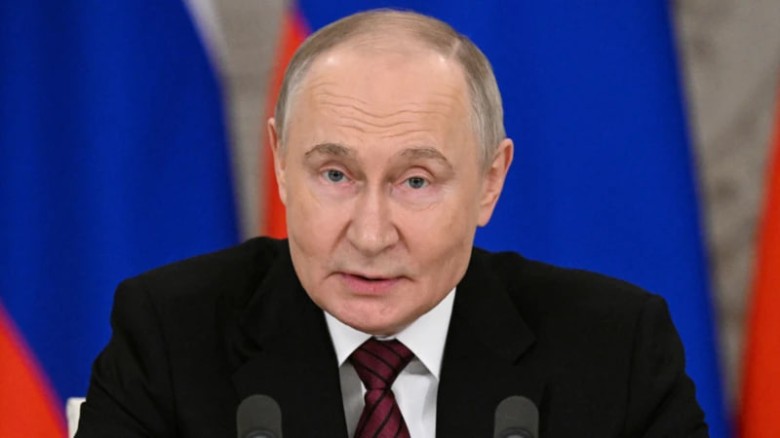
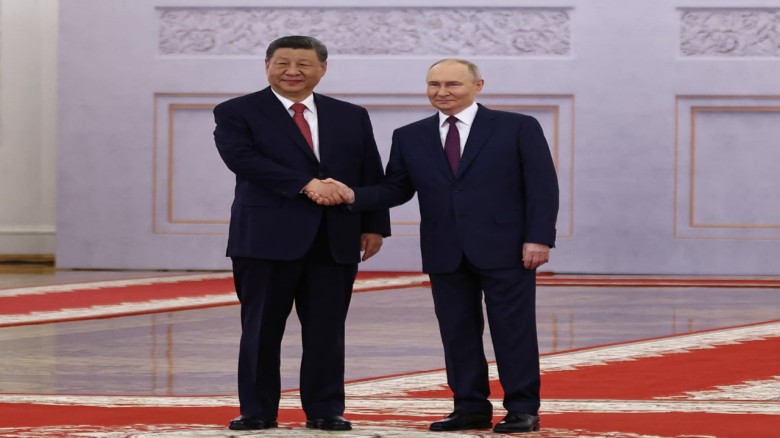
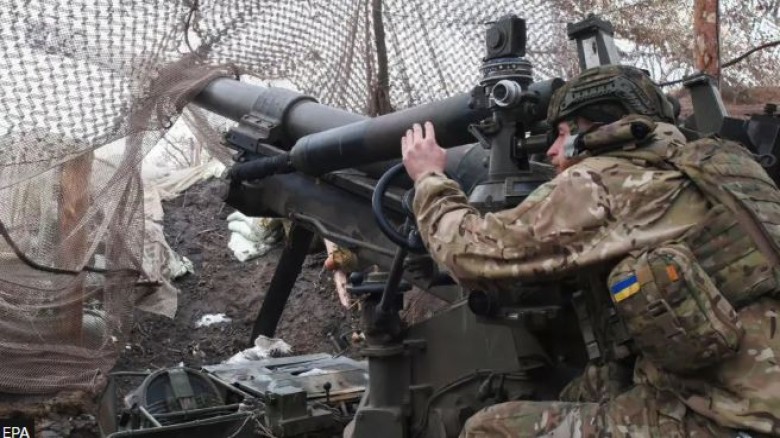
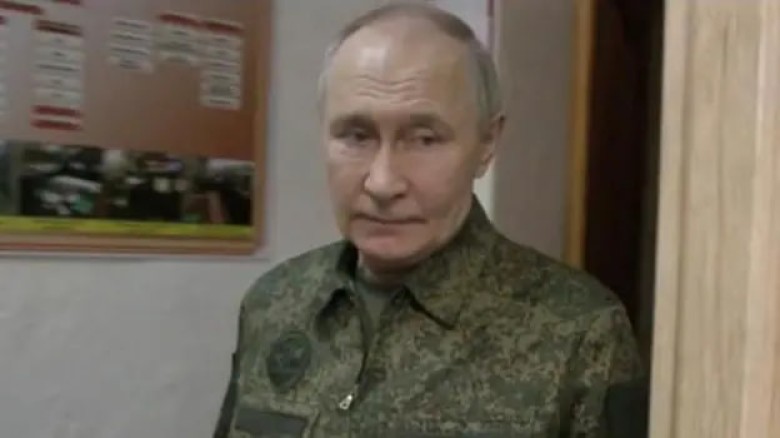

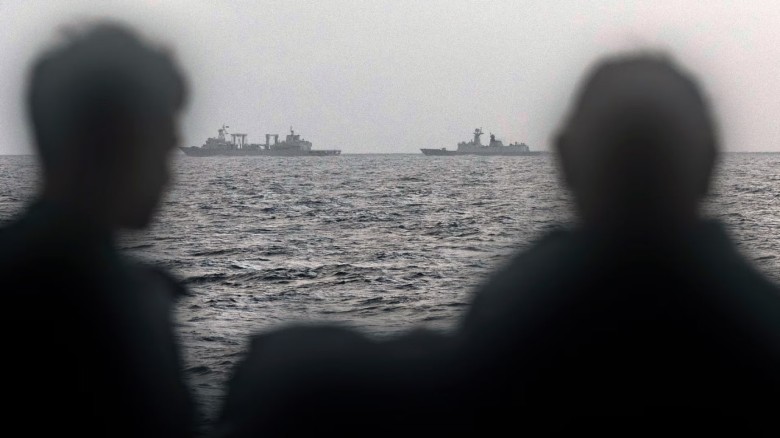
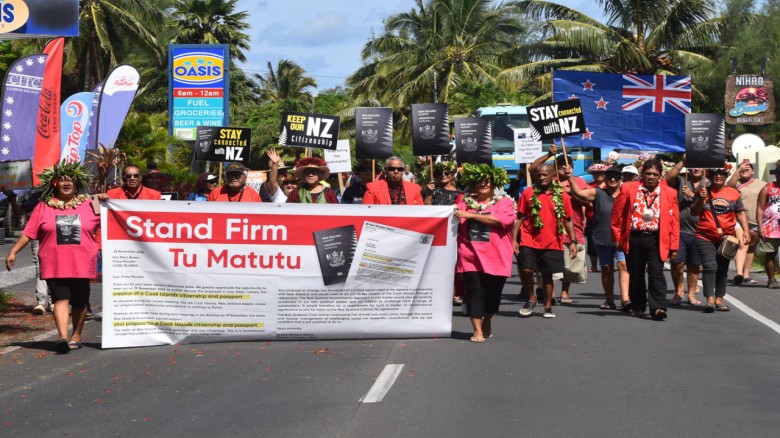
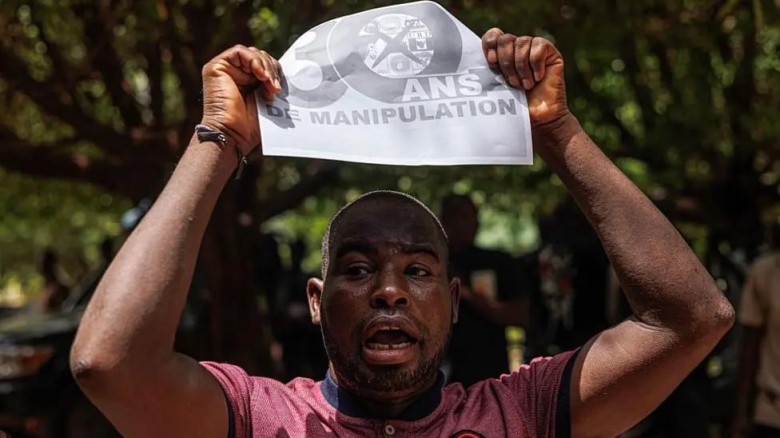
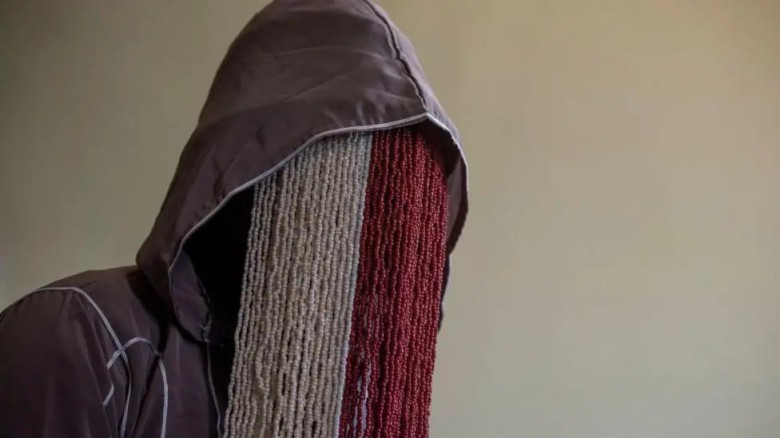

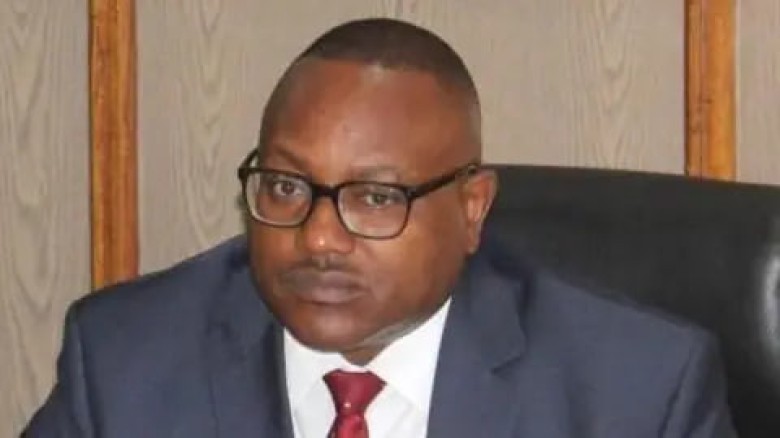
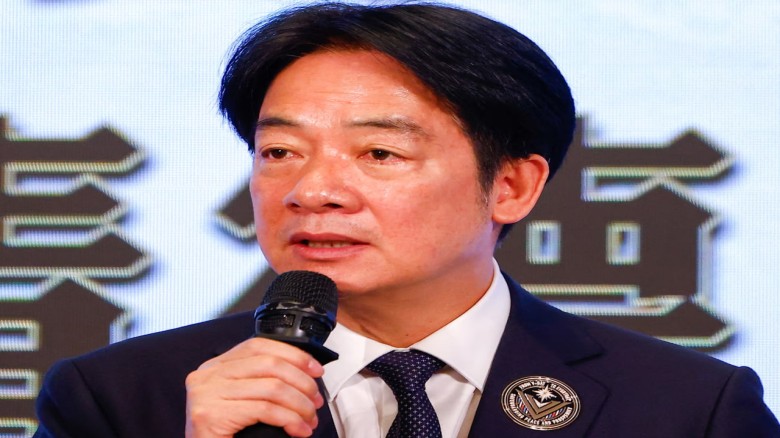

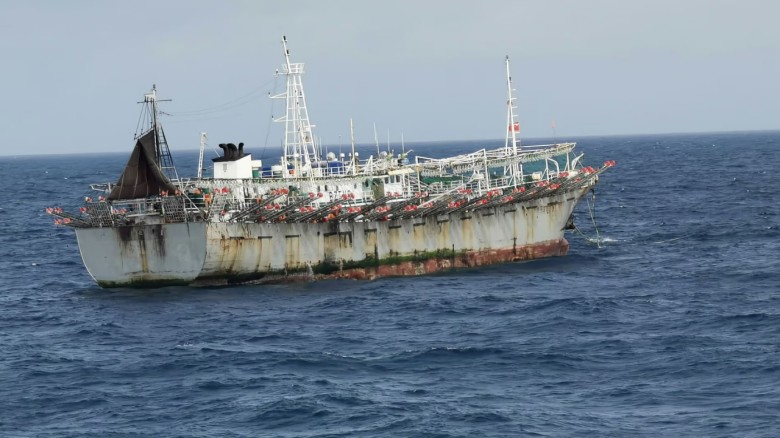

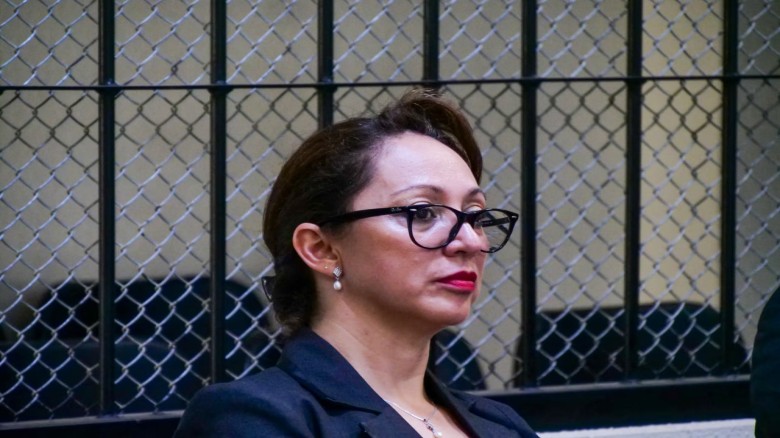
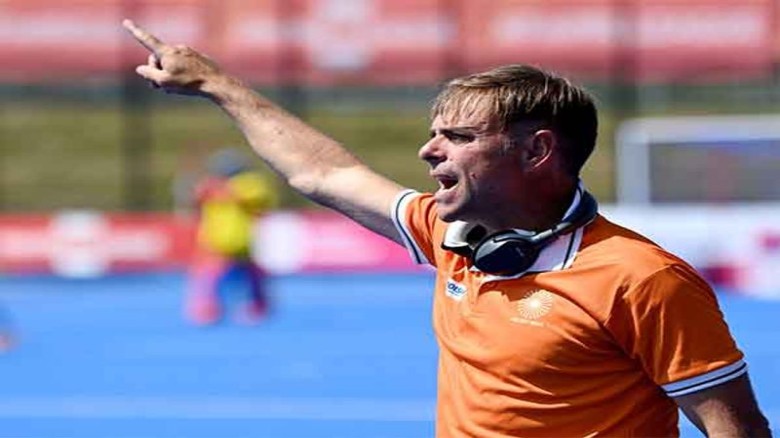
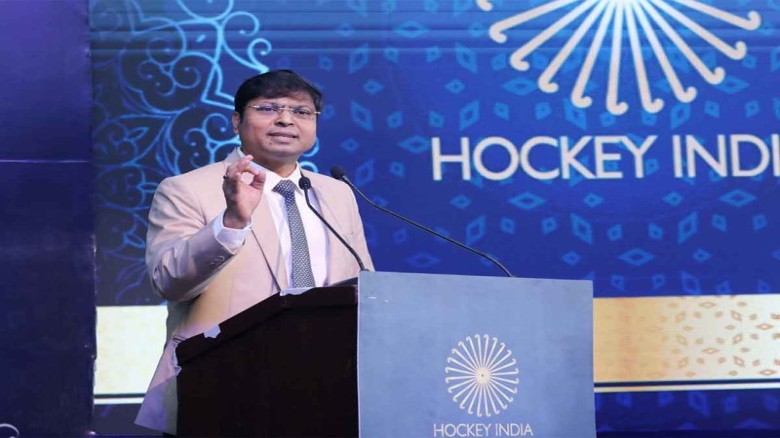
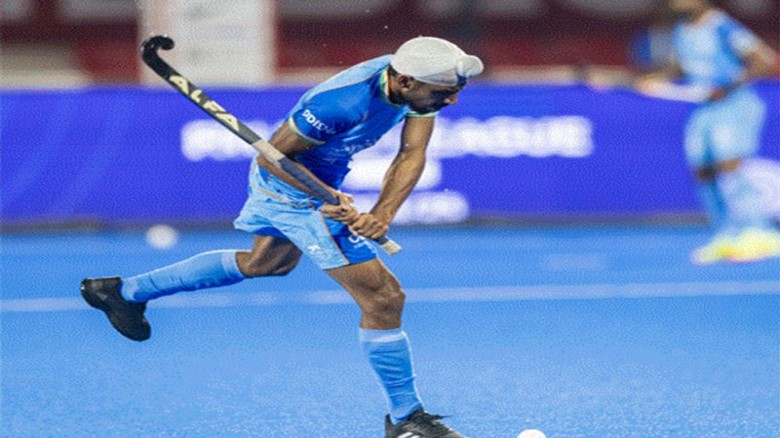
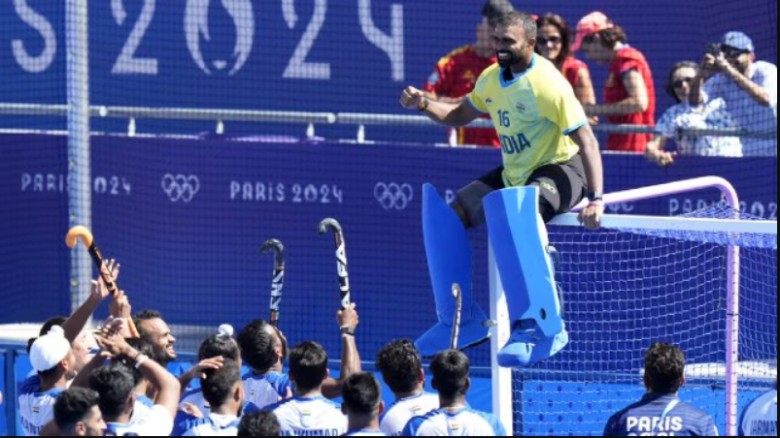

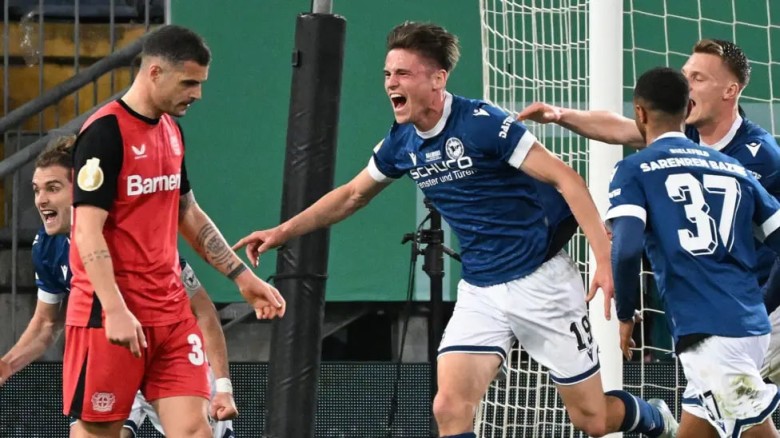
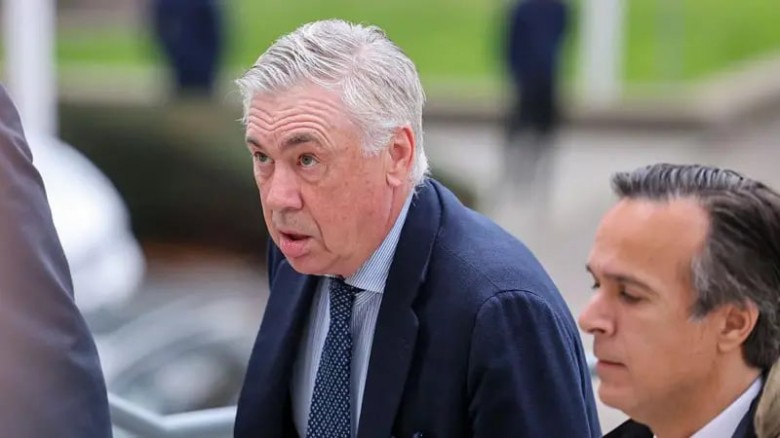



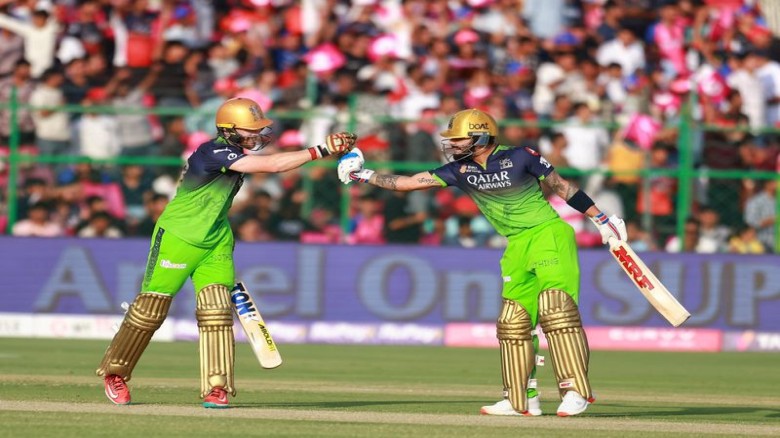
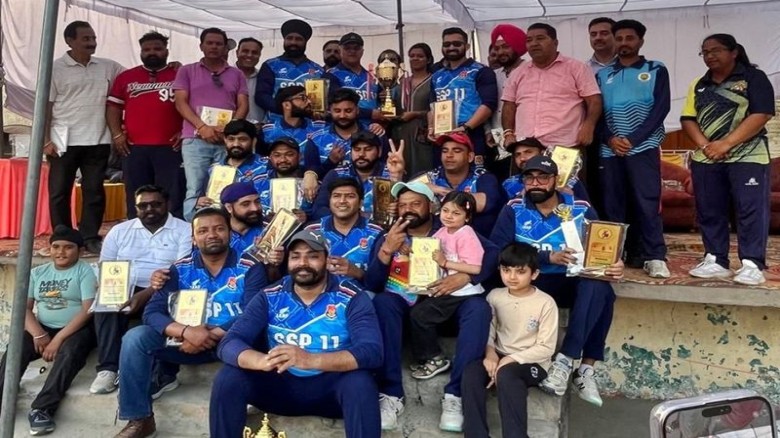
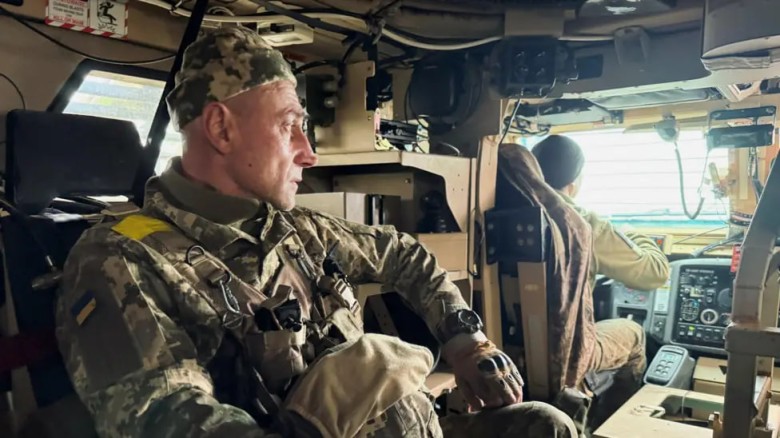


Leave A Comment